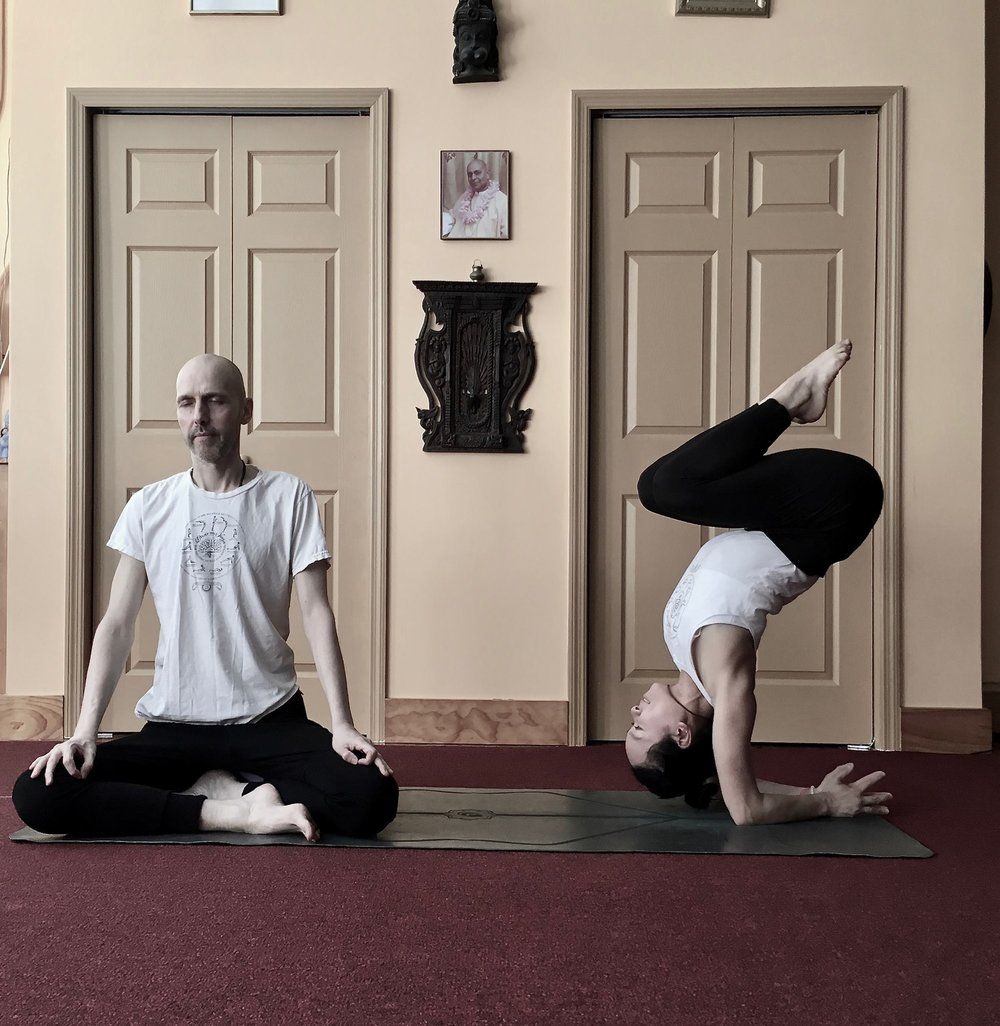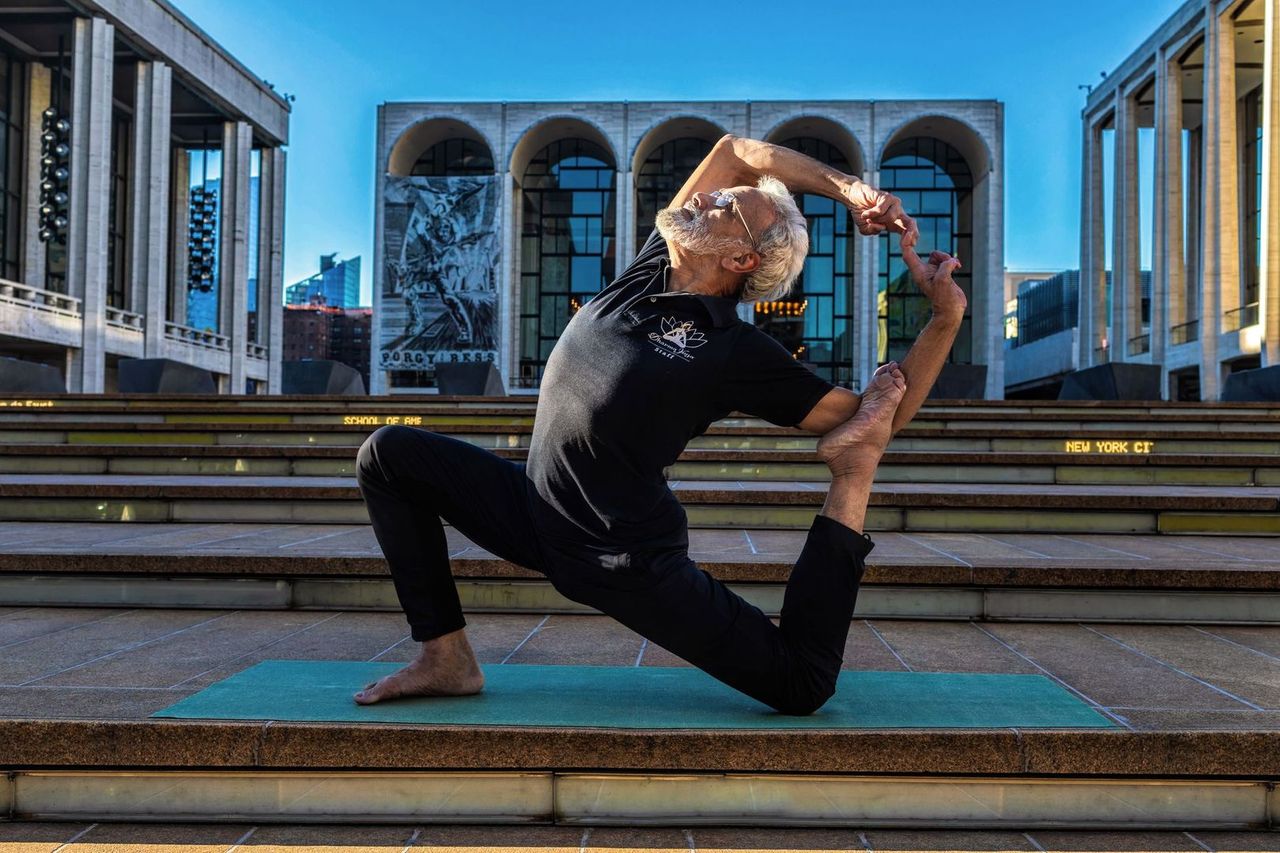Yoga has become an incredibly popular practice around the world. There are many different types and lineages of yoga, each with their own philosophy and approach. One lesser-known style is Dharma yoga. In this article, we’ll explore what Dharma yoga is, its origins, the main teachings, practices, and benefits of this unique yoga system.
Overview of Dharma Yoga
Dharma yoga is a comprehensive yoga system that emphasizes personal evolution through asana, meditation, chanting, philosophy study, and service. It was founded by yoga master Sri Dharma Mittra in the 1980s in New York City.
Dharma yoga aims to cultivate physical health, mental peace, wisdom, compassion, and higher consciousness. It recognizes yoga as a pathway for finding one’s dharma or life purpose. The practice stems from Sri Dharma’s synthesis of classical yoga, devotional practices, Vedanta philosophy, and modern lifestyle needs.

Origins and History
Sri Dharma Mittra began studying yoga in 1964 in his home country of Brazil. After meeting his guru in India, he spent years immersed in full-time yogic practice. He began teaching in New York City in the mid-1970s as yoga was first growing in popularity.
Sri Dharma’s renowned asana classes incorporating chanting, breathwork, and wisdom teachings became the foundation of the Dharma yoga method. He opened one of Manhattan’s first yoga studios in 1983 to share classical yoga and made numerous influential yoga videos. Dharma yoga teacher certifications began in 2002.
Key Principles of The Yoga
Dharma yoga rests on five main guiding principles:
Ahimsa (non-harming): Compassion for all beings starts with the self.
Dhyana (meditation): Meditation brings inner peace, calmness, and self-awareness.
Viveka (discernment): Wise discernment allows us to live virtuously.
Vairagya (non-attachment): Letting go of ego-attachments relieves suffering.
Ishvarapranidhana (surrender): Surrendering to the divine brings freedom and realization.
These yogic values provide the ethical/spiritual basis for Dharma yoga practices.

Main Practices in Dharma Yoga
Dharma yoga includes well-rounded practices for body, mind and spirit:
Asana (Postures)
The Dharma I and Dharma II sequences offer gentle to advanced poses to build flexibility, strength, balance, and body awareness. Precision alignment and controlled breathing are emphasized.
Pranayama (Breath Control)
Pranayama breathing exercises like nadi shodhana help calm the mind, increase energy, and steady the respiratory system.
Dhyana (Meditation)
Seated, walking, mantra and chakra meditations create mindfulness, concentration and inner stillness.

Mantra Chanting
Devotional chants and Sanskrit mantras channel energy, uplift consciousness and offer spiritual meaning.
Dharma Wisdom Study
Scriptural study and Dharma’s wisdom teachings illuminate the philosophy and purpose behind practices.
What are the Benefits of Dharma Yoga?
Regular yoga practice is said to offer amazing benefits:
- Increased flexibility, strength and balance
- Weight loss and detoxification
- Improved focus, peace of mind and vitality
- Stress relief and resilience
- Physical healing of injuries and ailments
- Emotional healing and inner contentment
- Concentration, presence and meditation skills
- Compassion and detachment from ego
- Deeper understanding of yogic philosophy
- Purpose and meaning through self-realization
This kind of yoga provides a supportive community and holistic path for thriving in mind, body and spirit. It allows students to connect with their dharma and highest potentials through yoga.
Conclusion
For those drawn to traditional yoga with an emphasis on wisdom and self-discovery, It provides a complete practice and lifestyle. Sri Dharma Mittra’s synthesis of postures, breathwork, meditation, mantras, and philosophy offers a meaningful pathway to find inner peace, health, purpose and enlightenment.


